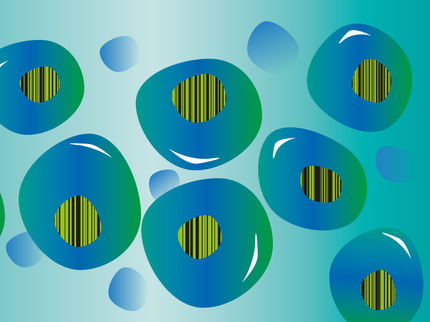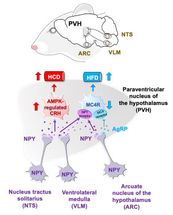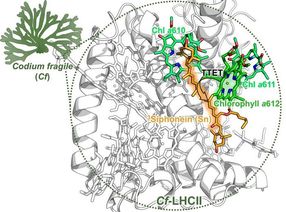Immune cells strengthen bones
New molecular mechanism discovered in inflammatory bone loss
Advertisement
In osteoporosis, bone mass is lost and bones break more easily. The increased bone loss is either triggered by a hormonal imbalance or as the result of inflammatory diseases such as rheumatoid arthritis or chronic inflammatory bowel diseases. A team of researchers at Department of Medicine 3 – Rheumatology and Immunology (director: Prof. Dr. Georg Schett) at the Deutsches Zentrum Immuntherapie at Universitätsklinikum Erlangen led by Prof. Dr. Aline Bozec has now discovered a new function of eosinophilic granulocytes, a group of white blood cells. They are involved in maintaining the equilibrium within tissues by inhibiting excessive formation and activity of cells that break down bone. The researchers have published the results in the journal Nature Communication.
Osteoporosis affects approximately 6.3 million people in Germany every year. The loss of bone mass is often triggered by dysfunctions in the immune system that lead to an imbalance between osteoblasts, cells that build bone, and osteoclasts, cells that break down bone. The latest research has revealed that eosinophilic granulocytes have a far-reaching influence on bone health.
They are located in the direct vicinity of osteoclasts, cells that are responsible for breaking down old bone tissue during the natural bone remodeling process. “We were able to prove that a low number of eosinophils led to a more rapid loss of bone mass, in particular under certain prerequisites such as menopause or inflammatory arthritis. Conversely, increasing the number of eosinophils can help protect bones against these damaging effects,” says Prof. Dr. Aline Bozec.
Eosinophils protect bones by actively suppressing the activity of osteoclasts. They release a substance known as eosinophilic peroxidase that hampers the abilities of the osteoclasts to initiate two key processes involved in the loss of bone mass: producing reactive oxygen species and activating mitogen-activated protein kinases.
“Interestingly, our studies on people also indicated that levels of eosinophiles correlated with bone mass both in healthy people and in patients with rheumatoid arthritis. This indicates that eosinophils may also play a role in regulating bone health in humans,” explains Prof. Dr. Aline Bozec.
These findings will have a significant impact on treating bone diseases. Taking a targeted approach to intervening in the function of the eosinophils may allow new treatments to be developed that would prevent or slow down the loss of bone mass, thereby improving bone health.
Original publication
Darja Andreev, Katerina Kachler, Mengdan Liu, Zhu Chen, Brenda Krishnacoumar, Mark Ringer, Silke Frey, Gerhard Krönke, David Voehringer, Georg Schett, Aline Bozec; "Eosinophils preserve bone homeostasis by inhibiting excessive osteoclast formation and activity via eosinophil peroxidase"; Nature Communications, Volume 15, 2024-2-5

























































